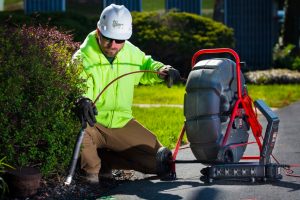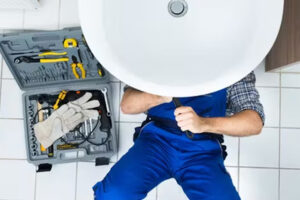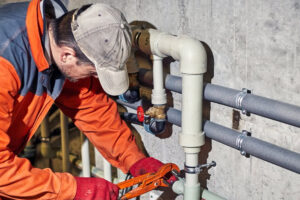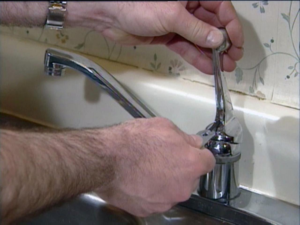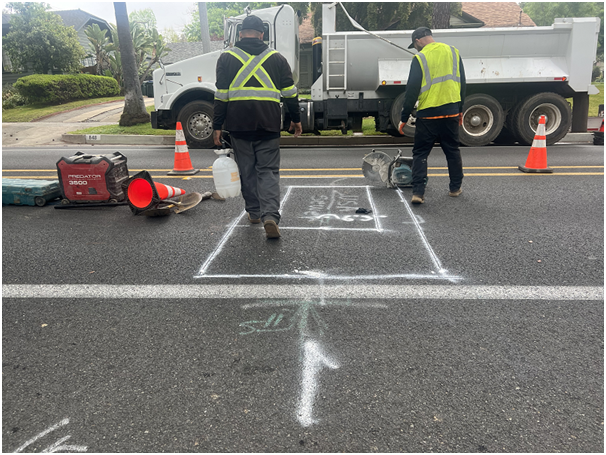
The sewer system is undoubtedly one of the most crucial aspects of modern urban infrastructure, facilitating the efficient removal of wastewater from our homes and businesses. However, with ageing sewer lines and the constant strain of everyday use, sewer line issues have become a common occurrence, leading to unpleasant consequences such as foul odours, backups, and potential environmental hazards. Traditional methods of sewer line repair involved extensive excavation, causing disruption, and inconvenience to homeowners and businesses alike. Fortunately, a groundbreaking technology called “Trenchless sewer line repair” has emerged as a more efficient and cost-effective solution.
Trenchless sewer line repair is an innovative technique that allows for the repair or replacement of damaged or deteriorating sewer pipes without the need for extensive digging or excavation. Instead of tearing up large sections of the yard or pavement to access the damaged pipes, trenchless methods involve using advanced equipment and materials to rehabilitate or replace the sewer lines with minimal disruption to the surrounding environment.
Types of Trenchless Sewer Line Repair
There are two primary methods of trenchless sewer line repair:
Pipe Lining: Also known as cured-in-place pipe (CIPP) lining, this method involves creating a new pipe inside the existing damaged one. A flexible, resin-coated liner is inserted into the old pipe and inflated, adhering to the inner walls. Once the resin cures and hardens, it creates a durable and seamless new pipe within the old one, effectively restoring functionality.
Pipe Bursting: This method is used when the existing sewer pipe is severely damaged and requires complete replacement. A specialised bursting head is inserted into the old pipe, and as it moves through the pipe, it breaks the old pipe apart while simultaneously pulling a new pipe into place. This technique results in the installation of a new, sturdy pipe, ensuring long-term reliability.
Benefits of Trenchless Sewer Line Repair
- Minimal Disruption: Unlike traditional excavation methods, trenchless repair techniques require only small access points, causing minimal disruption to landscapes, driveways, and roadways. This reduces the need for costly restoration and allows homeowners and businesses to resume their activities more quickly.
- Cost-Effectiveness: While the upfront cost of trenchless repair might be slightly higher than traditional methods, the overall cost is often lower due to reduced labour and restoration expenses.
- Durability and Longevity: The new pipes created through trenchless repair methods are often more resistant to cracks, corrosion, and tree root intrusion, resulting in a longer-lasting solution.
- Environmentally Friendly: Trenchless sewer line repair minimises soil disturbance, prevents erosion, and reduces the risk of pollution. Additionally, it contributes to water conservation by preventing leaks and wastewater seepage.
- Faster Completion: Trenchless repair techniques are typically completed in a shorter time frame compared to traditional methods, allowing for a quicker resolution of sewer line issues.
Conclusion
Trenchless sewer line repair is a remarkable advancement in the field of plumbing and infrastructure repair. It addresses the age-old problem of damaged sewer lines with a modern, efficient, and eco-friendly approach. Homeowners, businesses, and municipalities can benefit significantly from this innovative technology, as it not only saves time and money but also contributes to a more sustainable and resilient urban environment. If you’re facing sewer line issues, consider consulting with a professional plumbing company that specialises in trenchless repair to explore the best solution for your specific needs. Embrace the future of sewer line repair and say goodbye to the days of disruptive and costly excavation!

